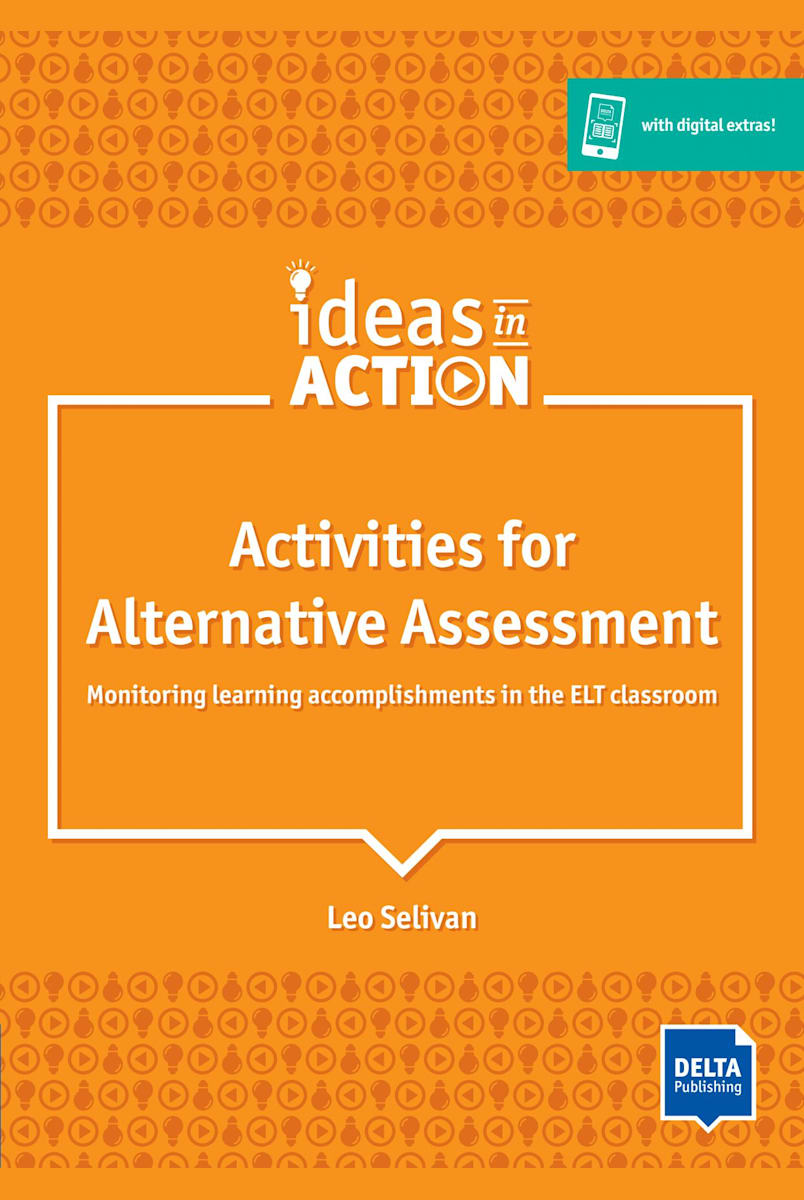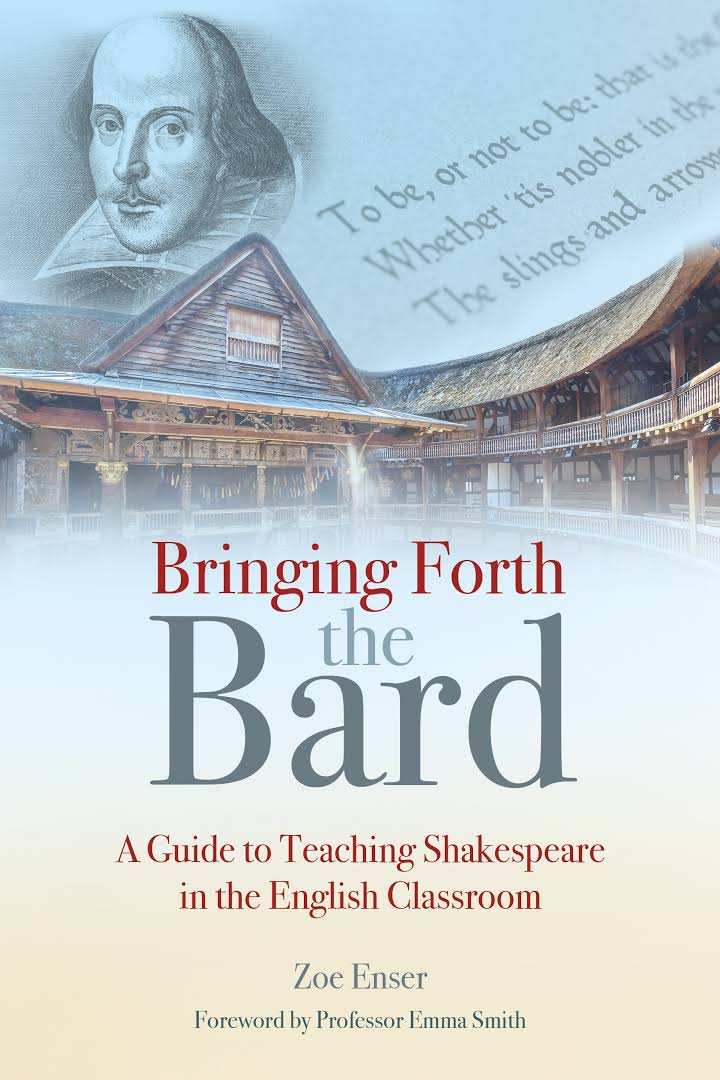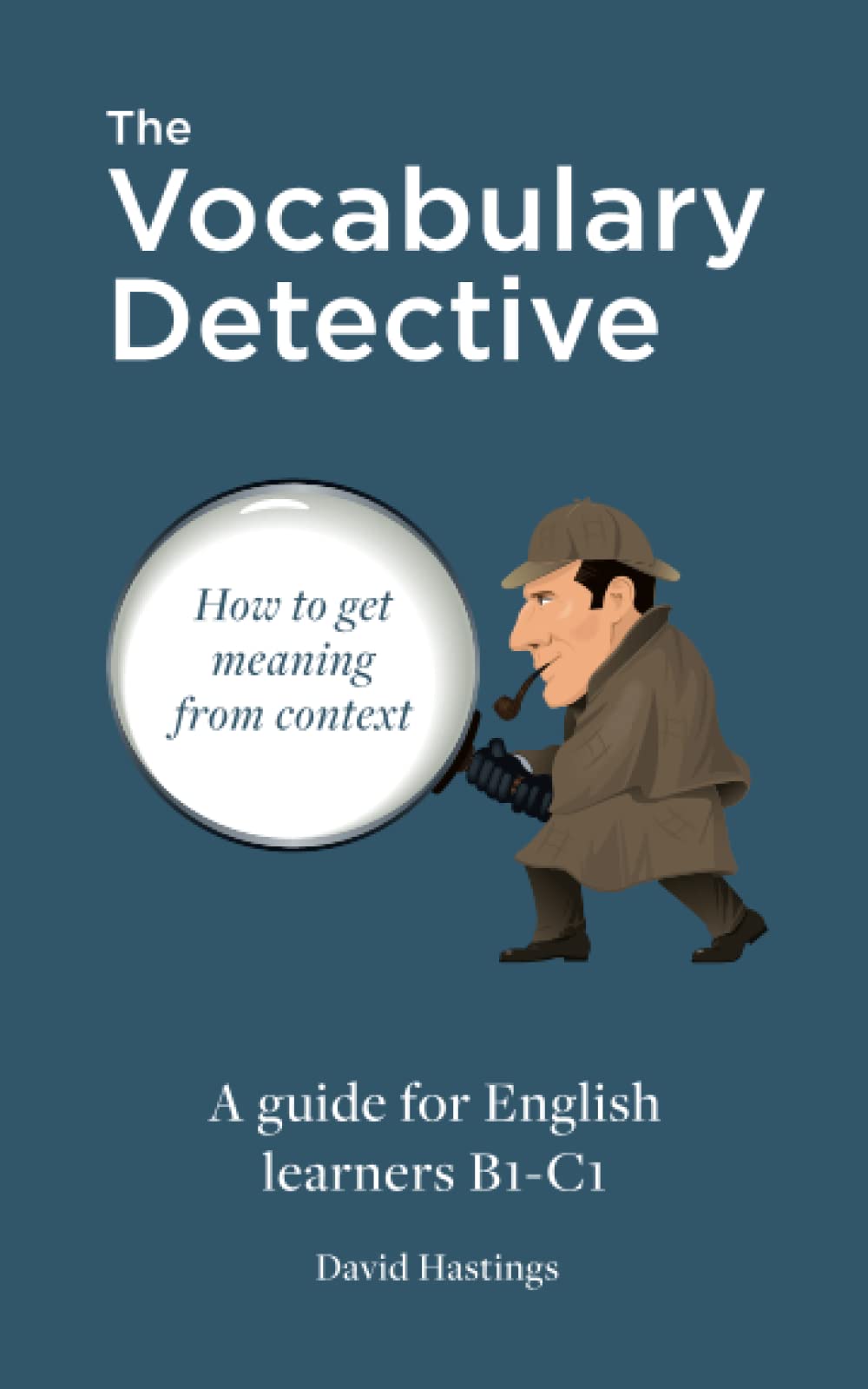Short Book Reviews
Hanna Kryszewska is a teacher, teacher trainer, trainer of trainers. She is a senior lecturer at the University of Gdańsk, Poland. She is co-author of resource books: Learner Based Teaching, OUP, Towards Teaching, Heinemann, The Standby Book, CUP, Language Activities for Teenagers, CUP, The Company Words Keep, DELTA Publishing, and a course book series for secondary schools: ForMat, Macmillan. She is also co-author of a video-based teacher training course: Observing English Lessons, and an online course for Orient Black Swan on 21st Century Skills. Hania is a Pilgrims trainer and editor of HLT Magazine. E-mail: hania.kryszewska@pilgrimsteachertrainig.eu

Activities for Alternative Assessment. Monitoring learning accomplishments in the ELT classroom. L. Selivan. (2021) DELTA Publishing. ISBN-978-3-12-501736-8, pp 168. This book has been published in the Ideas in Action series. The aim of the series is to build a bridge between theory and practice in language teaching. It looks at how theoretical ideas can be illustrated by practical, motivating and enjoyable ideas for classroom activities. Assessment is an interesting area, especially as in many teachers’ perception this is serious stuff, often synonymous with testing. We need to remember that in some context testing is seen as more quantitative, while assessment is more qualitative. In some contexts, assessment is a term which encompasses summative and formative assessment. In my perception this resource book is about hands-on activities which help to assess learners, and which help them on their way to better mastery of language. The author calls his approach alternative assessment which is an innovative and very welcome addition to our thinking about assessment. The book starts with a very clear introduction which explains the underpinning theories, the relationship between the main terms. The activities in the book fall into 7 groups: micro strategies and tools, self-assessment, peer assessment, portfolios, projects, informal assessment, assessing receptive skills, and assessing productive skills. Each section contains between 4 and 8 activities. They are presented following the same format, starting with the rationale behind the activity and then the description of the activity and some variations. Teachers, like myself, who are used to the fact that activities in resource books are presented in a procedure format may need to take some time getting used to this narrative presentation. However, it does not take long to get used to it, and, in fact, this novelty is quite refreshing. The book contains relevant visual material, photocopiable templates, forms, worksheets for pair work, assessment templates and many other. Highly recommended.
English is Context. Practical pragmatics for clear communication. A. Grundtvig. (2021) DELTA Publishing. ISBN-978-3-12-501742-9, pp 144. This book has been published in the DELTA Teacher Development Series, a series of books for English language teachers (ELT). The books in this series aid continuous professional development (CPD) by combining theory, practice and professional development. The main focus of this book is pragmatics and pragmatic competence of learners and the teacher. So, what is pragmatics? In general, the definition points towards linguistics and philosophy, but to be more precise and more practical from the point of view of ELT, it looks at the way language is used naturally in communication, and at the relations between language and its users in social contexts. It is often to do with reading between the lines, reading the context, figuring out relationships and reading the unsaid. In other words, it is to do with what is implied and what is inferred in the given situational context, being aware of the mental state/s that preceded given communication, seniority or hierarchy, and many other aspects of communication. One could say that this is a more elusive or even more intangible sphere of communication, the je ne sais quoi of language. In the old days pragmatics was part of university courses, now, I am happy to observe, it is reaching schools and English language classes. Awareness of pragmatics will help learners become better communicators and mediators as defined in the CEFR understanding of linguistic mediation. The book is a very interesting reading, sometimes a real eye opener, and a fantastic resource of practical ideas. It contains objective or factual sections such as a historical outline, as well as personal or subjective angles, often anecdotal. It is aptly described in the blurb as ”amusing yet authoritative; provocative yet without causing offence; whimsical yet well-documented; personal yet eminently practical”. This resource book like other titles in the series is divided into three parts: Part A is on background and historical perspective as well as analysis of different aspects of communication in context (discourse, communication, politeness, face, relevance etc), Part B presents practical activities, and Part C offers reflection around ways to think, ways to teach and ways to succeed. I am impressed how fresh, innovative and creative the activities in Part B are. When conducting the activities, you cannot stop thinking how clever they are, how much fun, and how when you engage in them you forget that you are doing pragmatics in the language classroom.
The book is a finalist nominated for ELTONS 2022. Keeping my fingers crossed as it really deserves ELTONS recognition. More here.
On a personal note, thank you Andreas for dedicating your book to Jim Wright, the late Principal of Pilgrims, and to Paul Davis, a charismatic Pilgrims trainer who is greatly missed by all of us, and who so much enjoyed intellectual duels with you.
101 EFL Activities for Teaching University Students. H. Houston (2021) iTDi TESOL. ISBN-13: 979-8419082793, pp 152. There are not many EFL publications aimed at university students which focus on teaching English in general. To be fair there are CAE or CPE course books and supplementary materials at this level, there are IELTS course books, study skills and English as a Medium of Instruction (EMI) resources, there is an occasional resource book for teachers like Alan Maley’s Advanced Learners (OUP, 2009), but there are no coursebooks and resource books aimed at high level EFL learners at tertiary level. It is as if publishers decided that at university level students will be learning English studying for a particular exam or to study others subjects in English (CLIL) or in EMI context. It may also be the case because the market is not that big for the publishers and therefore it is not worth their effort. Delivering EFL classes at tertiary I know myself how many materials I have to develop, adapt materials and look for activities in resource books, ideas which would appeal to university students and would not cause the déjà vu syndrome. If you are a learner at tertiary level, you will have seen that, done that, and bought the T-shirt. It is difficult for us teachers to motivate such learners, surprise them or push them to work harder. So, a ‘fresh’ book, with fresh innovative lesson ideas or activities is more than welcome. Indeed, there are 101 ideas, not more not less, and they are grouped around the stages of the term or semester as well as around skills, grammar, vocabulary etc. (the usual suspects). The order is as follows: 1. Getting off to a good start with name learning, bonding and group formation 2. Maintaining Motivation and Interest with listening and reading activities, productive skills, using videos, teaching vocabulary or rather chunks of language, using mime and the like, and finally 3. Ending the Semester Gracefully with ideas for revisions, quizzes, saying thank you’s and paying compliments etc. At the end of each of the three sections there are tips for the teacher on for example learning about the class and finding out more about the students, sharing ideas with colleagues and some various teacher development tips.

Bringing Forth the Bard: A guide to teaching Shakespeare in the English classroom. Z. Enser. (2022) Crown House Publishing. ISBN- 978-1785836299 pp 146. There have been many attempts to bring Shakespeare into the English language classroom – graded readers based on Shakespeare’s plays (one at a time), graphic novels telling stories from Shakespeare, or whole CLIL packages with background historic information, analysis of the plot and presentation of the dramatis personae and their relationships, analysis of selected fragments and ideas for enacting fragments of the plays, just to name a few. This book follows a yet another approach. In the first place the author wants to instil in the learners the joy of studying Shakespeare. She offers explanations and ideas for practical applications. It makes the experienced teachers rethink the ways they approach Shakespeare’s work in the language class, the novice teachers will be given tools to use when introducing Shakespeare to their learners. One of the strengths is the interlinking of various characters, but more is to be found in the detailed introduction. The book brings forth various areas in seven chapters: Shakespeare’s world, his characters, his allusions, the themes, the language, his theatre, and finally his influence. Each chapter follows the same structure addressing these points: Why teach it?, What is it?, How to teach it?, and Applying it to the classroom. In the words of Professor Emma Smith who wrote the foreword: “This book combines openness to interpretation with clarity about how to work effectively with these texts”. I couldn’t agree more.
You can look inside here.

The Vocabulary Detective: How to get meaning from context. A guide for English learners B1-C1. D. Hastings. (2022) DMH Press. ISBN-979-8771411583, pp 125. In my experience as a teacher, I have often come across learners who claimed they could not understand a text especially in an extensive reading activity because they did not know some words, words which in my opinion were not the key to understanding the text. It is interesting how not knowing a couple of words can block understanding of the text. It is as if they cannot see the forest because of some trees. After all, in mother tongue they may not understand all the words or phrases in the text, and this does not bother them. So why in the foreign langue this becomes and obstacle? In my opinion the reason for this is a weakness or fault in learner training which does not teach the students to try and guess the meaning of a word or phrase from the context. It so happens that the author of this book made a similar observation adding also that this phenomenon also deprived the learners of the pleasure of extensive reading, dotted with pauses for looking up words in a dictionary. So, in order to help the necessary learner training and development of the right attitudes, Hasting has written six stories which are fun to read, and which come with selected words or phrases highlighted in the text. The stories are followed by notes on these lexical items. The stories are graded to some extent; they are aimed at C1/C2 levels (I would say they are much more C1 than C2 level) but there are a lot of colloquial and idiomatic expressions, too. If you think that you would like to work with stories or texts pitched at higher or lower levels, or with some different texts which belong to texts praised by literary critics and belong to the classics of English language literature, you can do use different texts and just use the idea or the formula the author has created for dealing with lexical bumps in extensive reading activities.
You can read more here.
Please check the Pilgrims f2f courses at Pilgrims website.
Please check the Pilgrims online courses at Pilgrims website
Short Book Reviews
Hanna Kryszewska, PolandReady to Run Launches Primary ELT Video Catalogue
Tune into English
Fergal Kavanagh, Italy